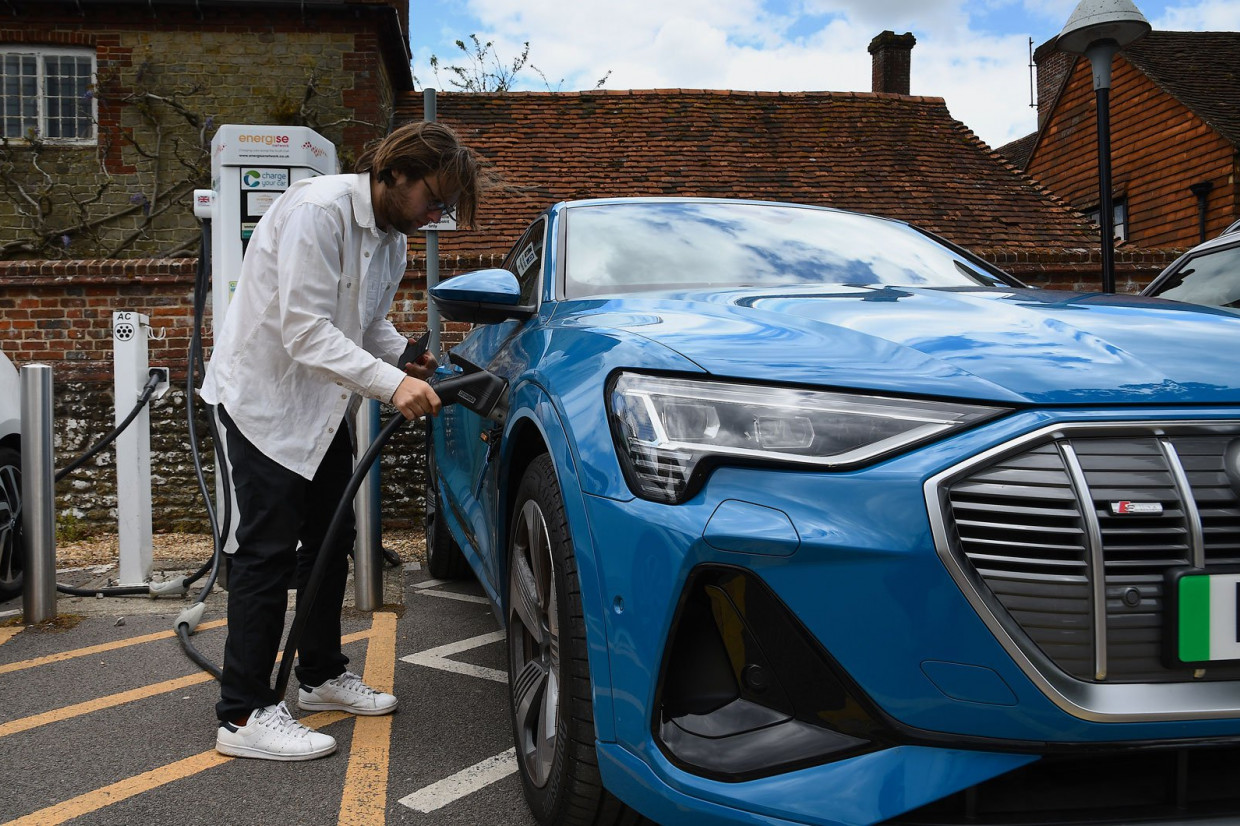
What could be simpler than charging an electric car?
You have a cable with two sockets, one of which goes in the charger and one into your car. The rest is automated. Simple, right?
And yet… if you delve below the surface things can quickly take a turn for the worse. Know your three-pin plug from a Type 1 connector? Know how long to charge your electric car for, or how fast, in order to preserve maximum battery life?
Read on to learn the answers to these questions and more.
How can I charge my car at home?
If you have the space and the equipment, charging at home is ideal: it’s cheap and sufficiently hassle-free that you’ll soon realise visiting a service station was a chore.
But you need to plan, checking both that you have the space to stretch a cable safely from your charge point to the car, and that your home electricity supply can be safely adapted to run some of the more powerful chargers.
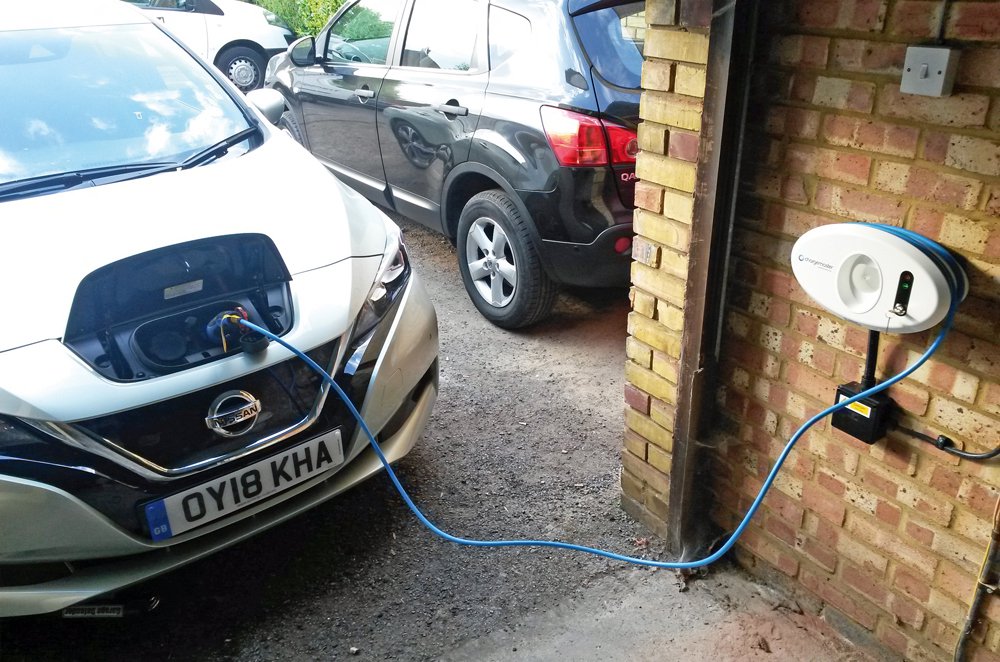
While technically possible, we don’t recommend charging off a mains three-pin socket except when you need a quick top up. It’s ridiculously slow (some cars would take days to go from empty to full), and even then you have to be super-mindful of the potential fire risk if you use an extension lead.
Which home charging device should I go for?
There are a number of different chargers on offer today, from smaller 3.6kW units to more common 7Kw units to faster still 22kW devices.
Always choose an approved home charging device from a company that is on the Government approved list.
As well as signifying their competence, this means the installer can apply for the Electric Vehicle Homecharge Scheme (EVHS) grant on your behalf, giving you a potential saving of up to 75% of its cost, with a maximum contribution of £350.
3.6kW charger
A 3.6kW charging device is a perfect option for an EV user whose daily mileage is low. These chargers cost around £300 to £450 to install, but you will get most of this back through the EVHS grant.
7kW charger
This typically is the go-to home charging device. Typically costing around £850, dropping to £500 after the EVHS grant, it will charge almost any EV from empty to 80% overnight.
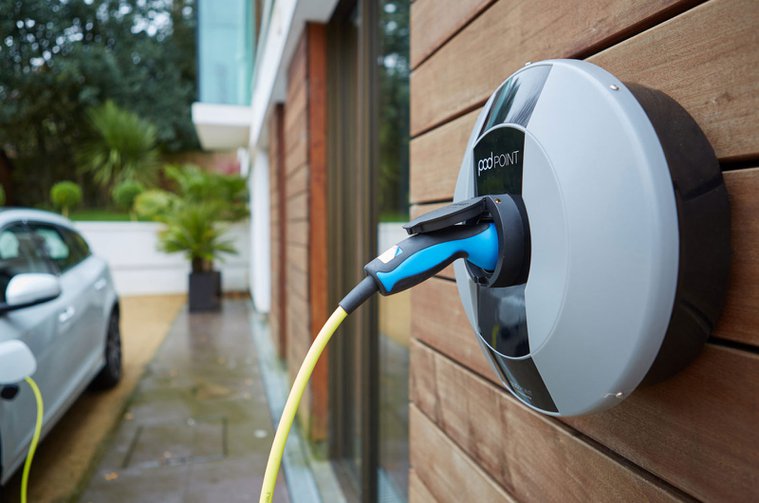
22kH charger
A 22kW charger is a serious bit of kit, but on the longest range EVs it does guarantee that even a fully depleted car will be full again the next day. Price starts at around £1200 but rise beyond £1500, dropping to around £850 once the grant has been applied.
Should I charge my car to 80% rather than full capacity?
Many manufacturers suggest charging an EV to 80% instead of 100% for two reasons.
Firstly, charging to a lower capacity extends the life of the battery.
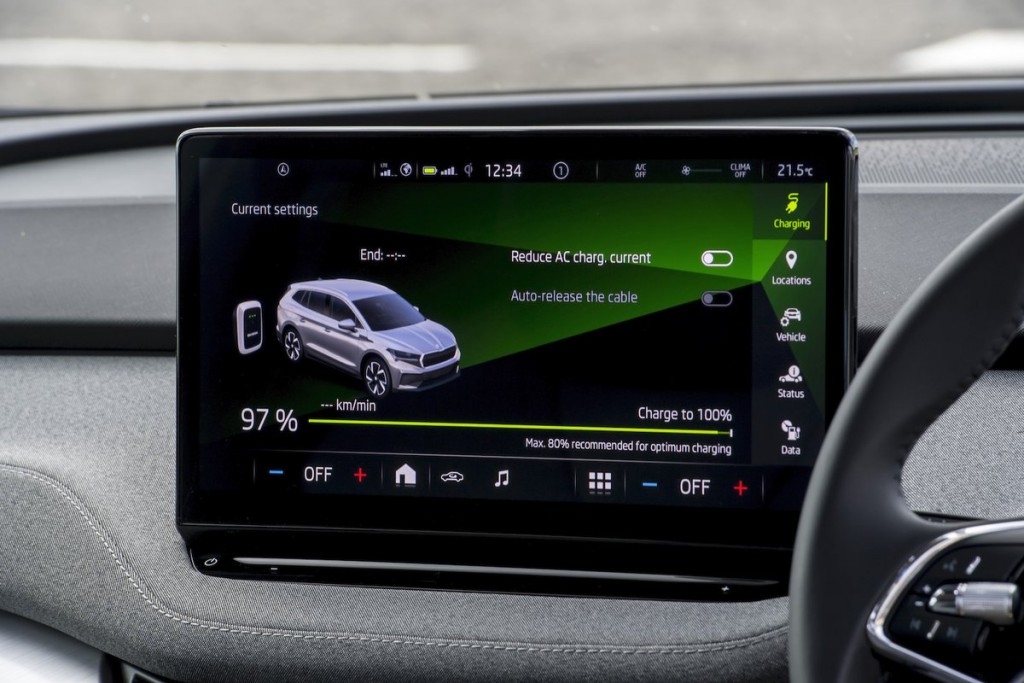
Secondly, the final 20% of a battery takes longer to top up as a result of battery charging protocols designed to protect them from damage.
Are there different types of cables?
Home and public charging points can either have tethered or untethered charging cables.
The difference is exactly as you imagine: on the former the cable is attached permanently to the charger, often in a coil, and on the latter you carry the cable with you and plug it into the charger as well as the car.
If you only plan on charging at home, tethered makes the most sense; the cable is always easy to find (rather than being buried under your shopping in the boot) and won’t drag on the ground and get muddy (in turn making your hands dirty).
However, untethered cables offer more flexibility, as you can charge wherever you find a charge point. You will have to get used to coiling it up and putting it away between charges, however.
What about public charging?
In the UK there are around 30,000 charging points with the capacity to charge 50,000 cars simultaneously.
Those numbers are set to grow rapidly, too, as more investment pours in as providers scrabble to establish market strength as the uptake among buyers increases.
At present, most public charging points are either fast chargers or rapid chargers, with ultra-rapid chargers starting to emerge more frequently.
.jpg)
Fast chargers are typically found in public locations and workplaces, with power outputs varying from 7-22kW. This type of charger uses a Type 2 style cable, which is a seven-pin socket which attaches to the cable in your car.
Rapid charging points have their own cable and plug which attaches to your car, with charge times typically much faster. AC rapid chargers - chargers using electricity with an alternating current - have a 43kW output, whereas DC rapid chargers have an output ranging between 25kW and 99kW although most of these are 50kW.
Ultra rapid chargers are also now available, but these are relatively new to the public charging network. They are usually 100kW, 150kW or 350kW, which means charging times are kept to a minimum. Check your car can accept such fast charging speeds though, and keep an eye on the charges for being powered up so fast.
It is also worth mentioning the Tesla Supercharger network. Its chargers can only be used by Tesla owners. It is considered to be one of the best networks on the public highway.
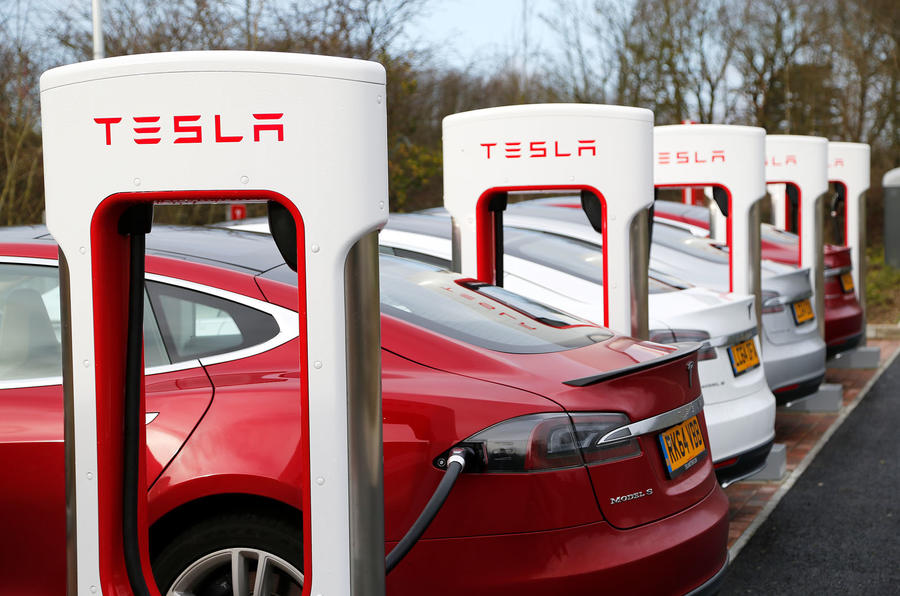
How much does it cost to charge an electric car using a public charger?
Today, one of the key advantages of switching to an electric car is down to the potential savings on fuel. However, the cost of charging your car on the public highway can vary depending on a number of factors, including the speed of the charger and which provider you use.
If you charge your vehicle using a home charger, then it is less likely that you will use the public network on a frequent basis.
If this is the case then a pay-as-you method is your best option, costing around 20p per kWh for a fast charger and 70p per kWh for a rapid charger. While older chargers require you to sign up and have an app before you use them, the capability to pay using a contactless debit card is - thankfully - becoming more common.
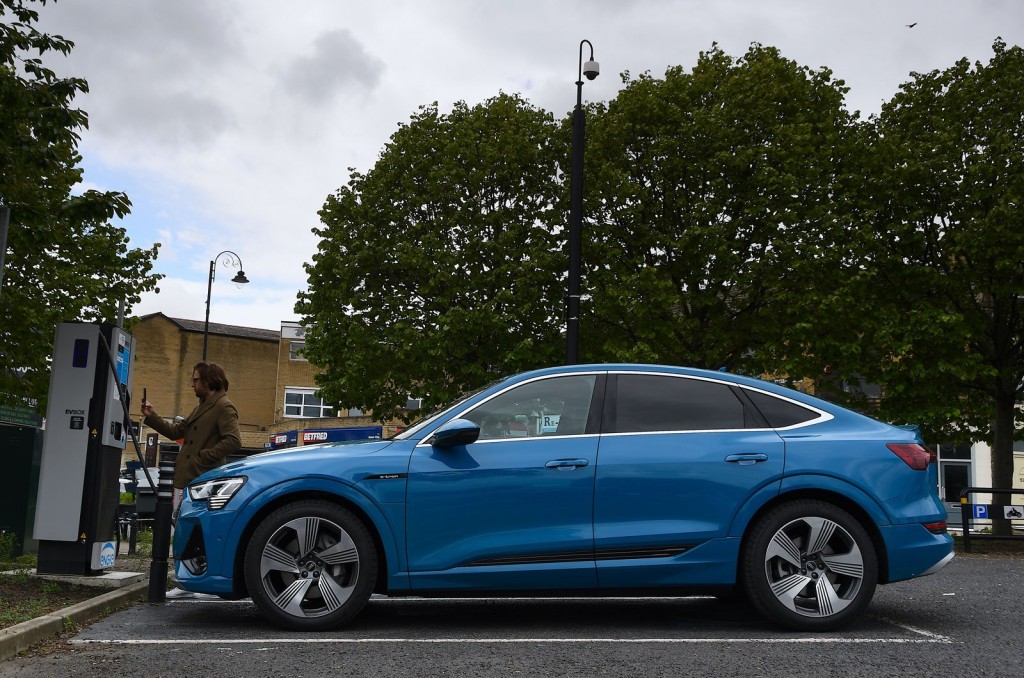
Shell has been rolling out its Recharge network across its fuel stations with 50kW and 150kW chargers available across the UK. Recharge also adopts the pay-as-you-go approach, with a 41p per kWh charge; just be aware of their 35p transaction charge every time you top up your battery.
If you plan to use public chargers regularly, the upfront subscriptions are worth considering. Providers such as BP Pulse offer a subscription based service where you pay just under £8 a month for access to their 8000 chargers, as well as free access to some AC devices.
It is also worth noting that some hotels and shopping centres offer free charging to customers. Our advice is to download the various smartphone apps of each provider so you can see where devices are, how much they cost and if they are free to use. This way you can locate a device which meets your needs while on the go.
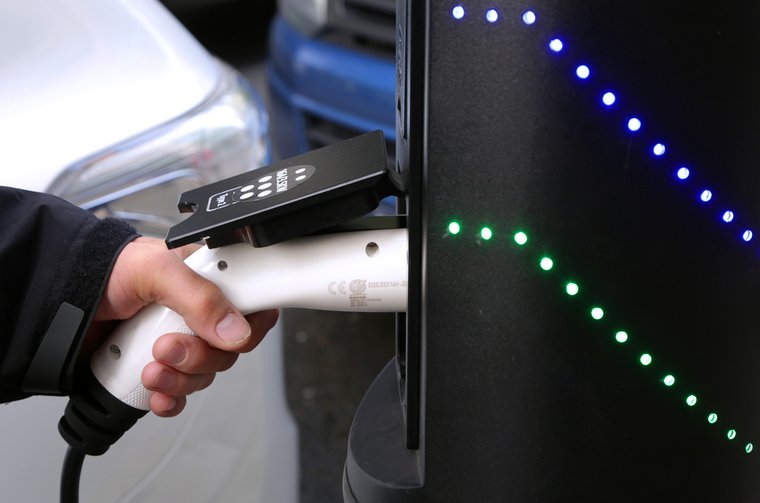
Additionally, Tesla has its very own Supercharger network. Model S and Model X owners with cars registered before 2017 can charge their vehicles for free on these, while more modern examples can be charged at a rate of 26p per kWh. Bear in mind that Tesla will also charge you if you remain parked up once you are fully charged, however.
What do vehicle-to-grid-chargers do?
As with any form of technology there are always new innovations being created and implemented, and vehicle-to-grid (V2G) charging is one such example.
This ultra smart form of charging helps EV owners charge their vehicle for less money, while also selling energy back to the grid from the car’s battery when demand is high.
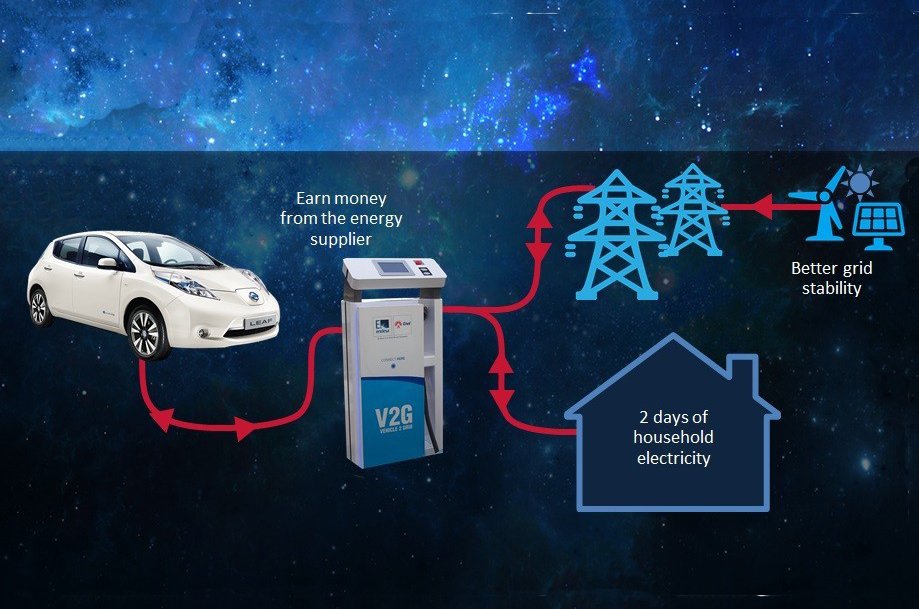
While in its infancy, this technology is being promoted as it will help smooth out demands for power (for instance if everyone plugged in their electric car at the same time) and ensure that we all use the power available to its maximum efficiency.
Should I buy an electric car?
If you’ve read this far and are still feeling confident it might be the right choice for you, we reckon you should go for it. Research all you can, speak to owners and take the plunge - it might just be one of the best decisions you ever made.
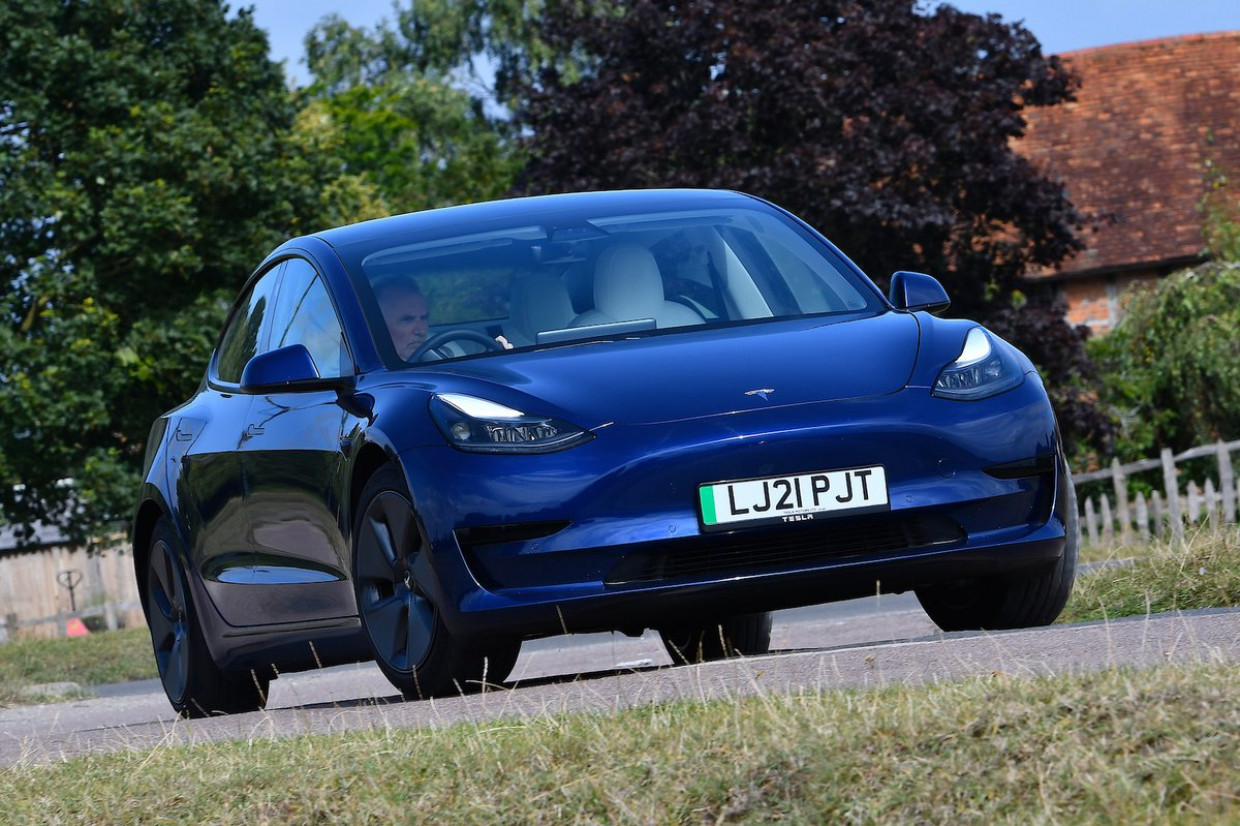
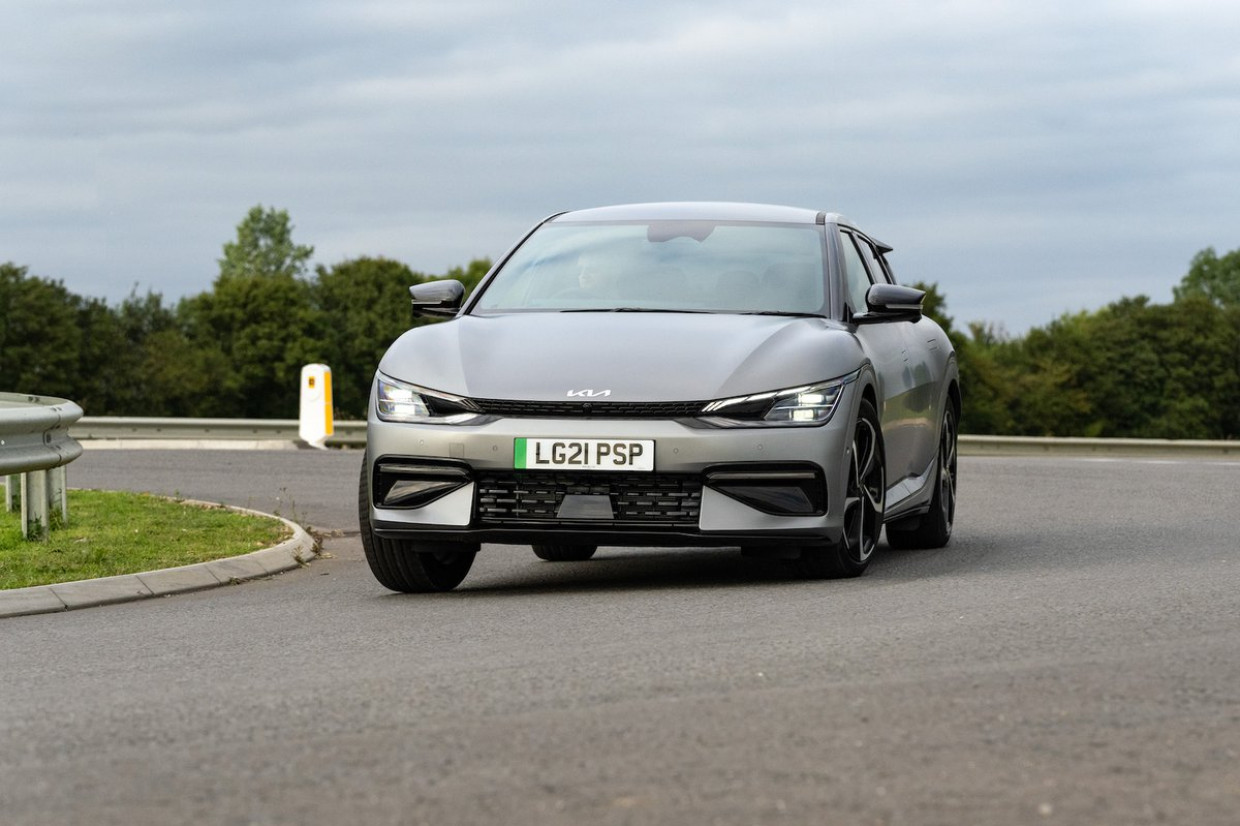
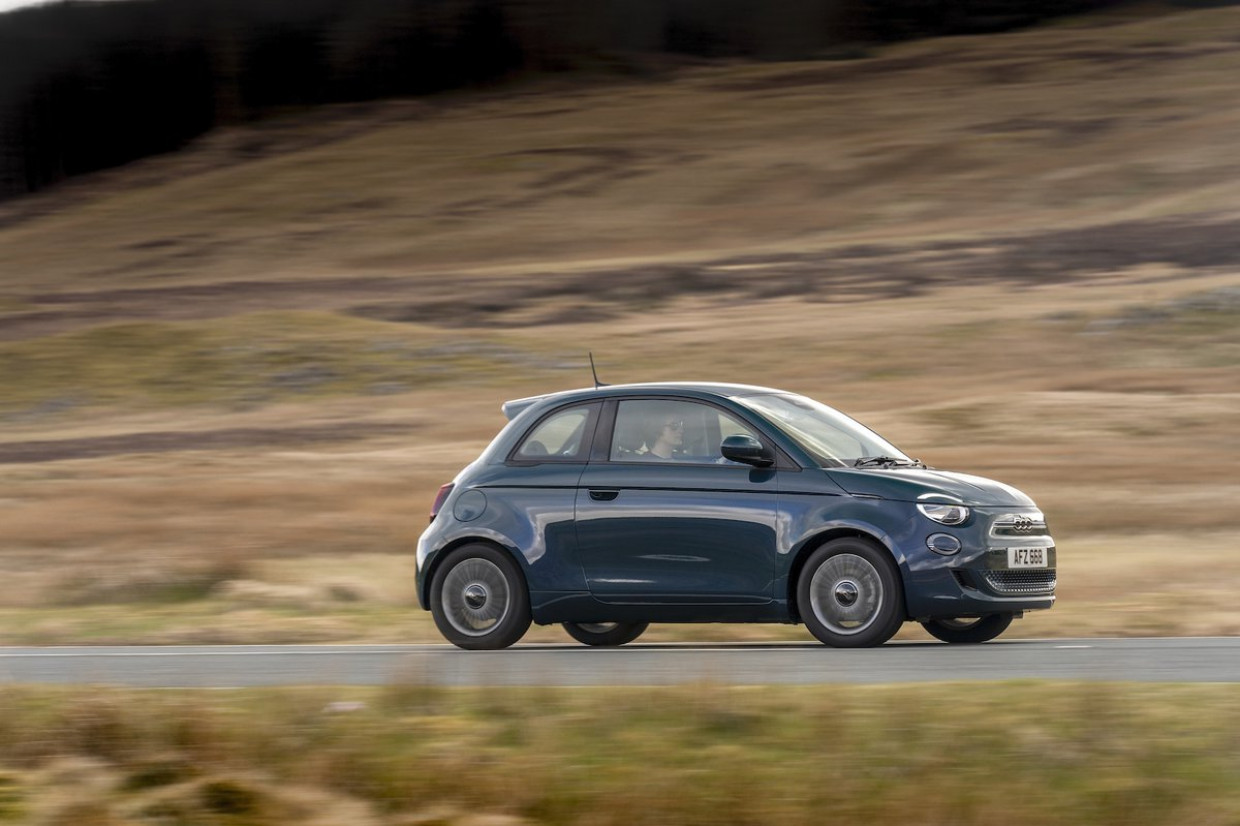
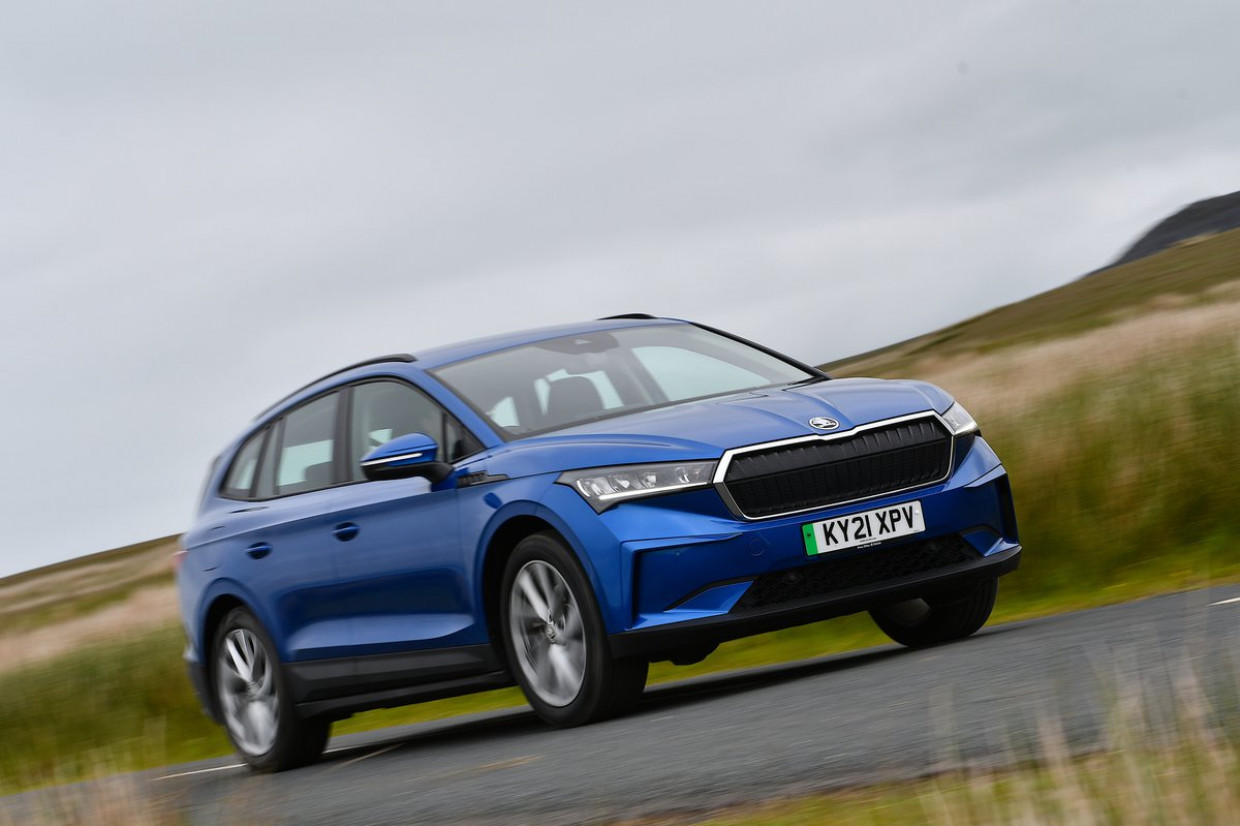
READ MORE
e-CARS
e-BIKES
e-MOTORBIKES
Seat Mo 125 electric scooter review
e-SCOOTERS
Exclusive: E-scooter CO2 saving
e-WORLD

